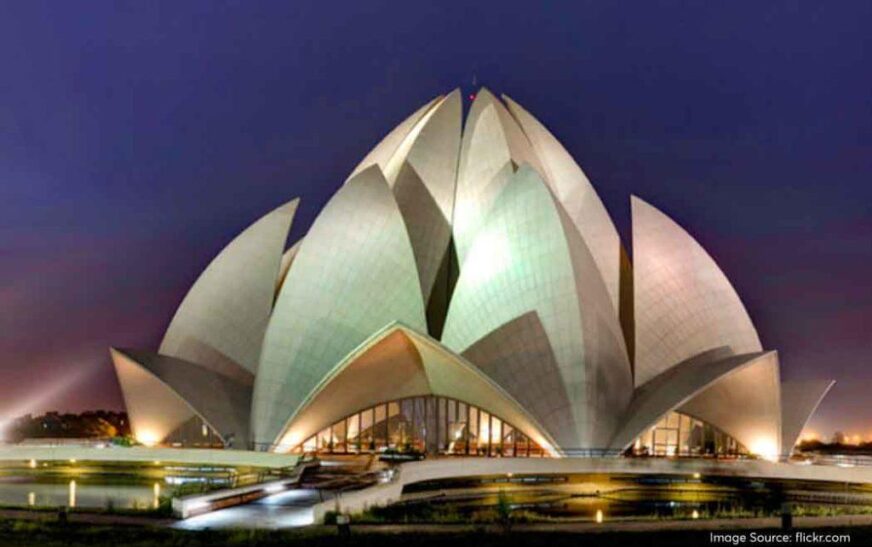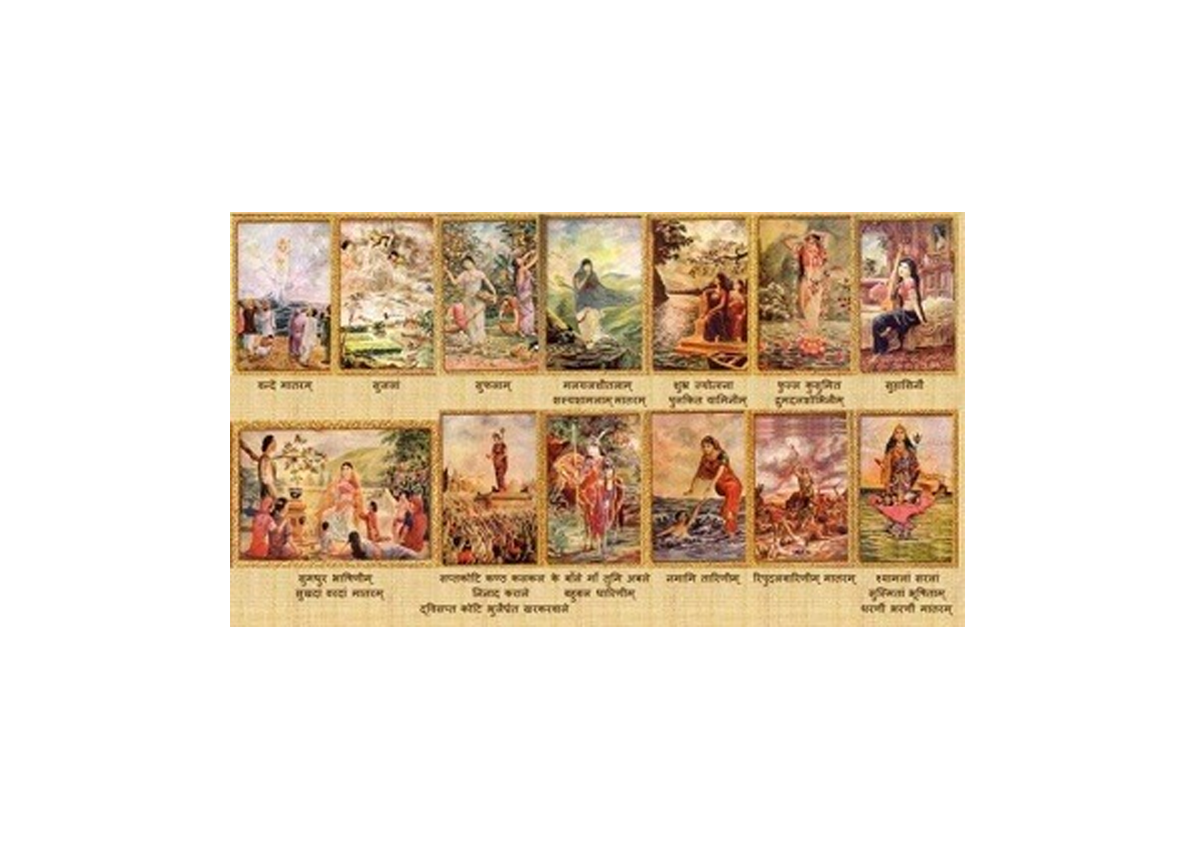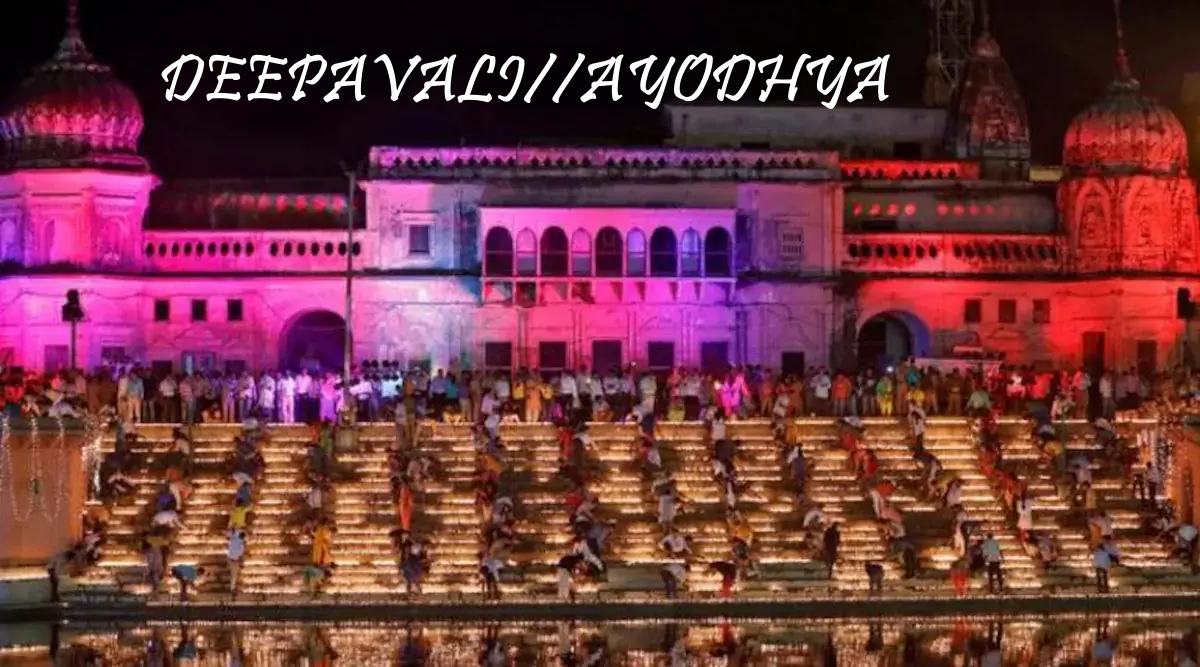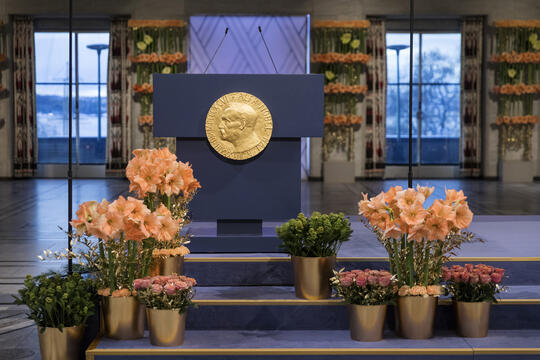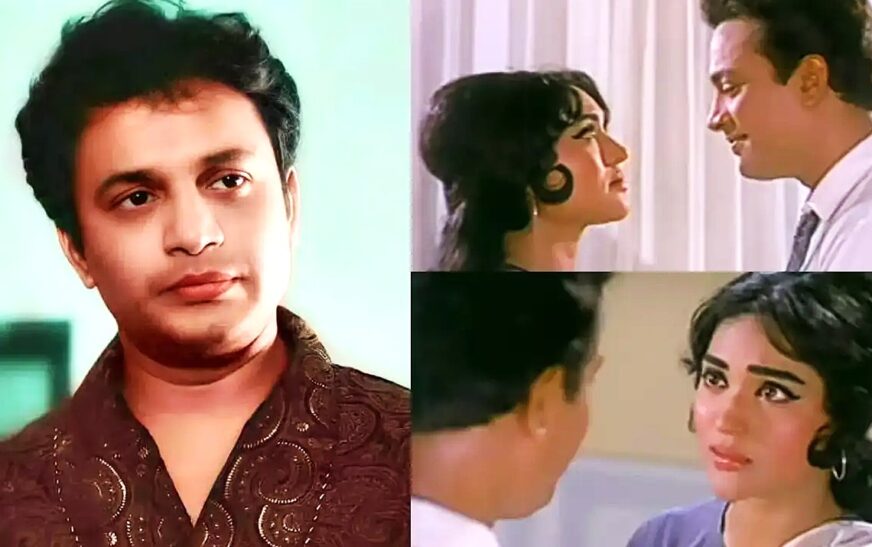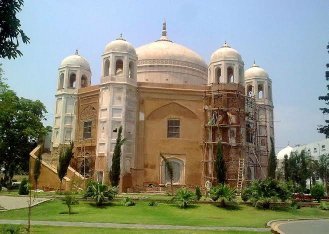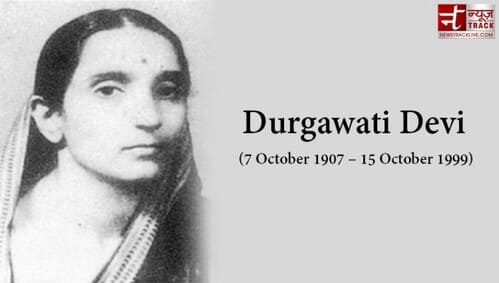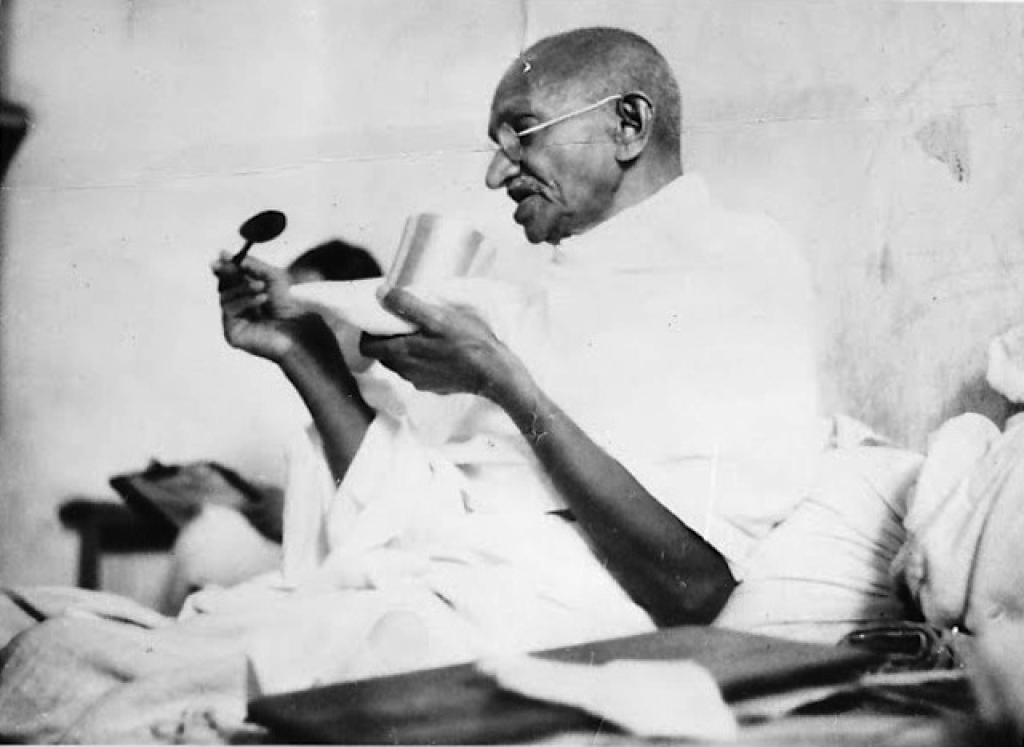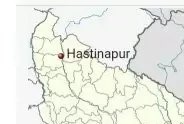INDRAPRASTHA BECOMES DELHI
HISTORY OF 5,000 YEARS
FROM CAPITAL OF PANDAVAS TO CAPITAL OF MODERN INDIA
SARASIJ MAJUMDER
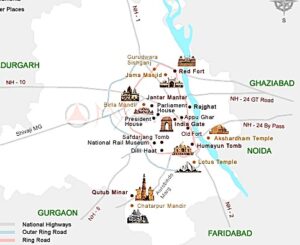
Delhi’s history stretches back to the legendary Capital- Indraprastha, mentioned in the Mahabharata. Over centuries, Delhi evolved through the rise and fall of various Empires, Emperors, and dynasties, including the Tomaras, Chauhans, Delhi Sultanate, Mughal Empire, and British Empire leading to the construction of eight cities within the Delhi region, after Indraprastha. These cities, though distinct, gradually merged to form the Capital City of Delhi as we know, and see today.
Mr. Nehru called Delhi the grave of many empires and the nursery of a republic.
Millions of people live, millions of Tourists arrived, and left. None think that they set foot on a Capital City established 5,000 years ago, when EUROPEANS were CAVEMEN!!!
And various zones of Delhi served as past Capitals of lost eight empires, and still is serving as the Capital (9th) of world’s largest reigning Democracy.
No capital in the world has such history!
INDRAPRASTHA
Indraprastha, the legendary city built by the Pandavas in the Mahabharata, is believed to be located in present-day Delhi, specifically around the area of Purana Qila (Old Fort). While the exact boundaries are debated, the Archaeological Survey of India has conducted excavations near Purana Qila that suggest it could be the site of the ancient city.
Many historians and researchers believe Indraprastha corresponds to the area of Purana Qila in Delhi.
Excavations: Archaeological excavations near Purana Qila have unearthed artifacts and pottery that date back to the period of the Mahabharata, further supporting the theory that this area was once Indraprastha.
Key Findings:
Painted Grey Ware (PGW) pottery: Shards of PGW pottery, dating back to the 1500 BC – 600 BC period, provide evidence of a pre-Mauryan settlement, potentially linked to the Mahabharata era.
Mauryan Period: Remains of a 2,500-year-old ring well, terracotta beads, and figurines from the Mauryan period have been discovered, further linking the site with Mahabharata era.
Period: A four-room complex, estimated to be 2,300 years old, belonging to the Sunga-Kushan period has been identified.
Period: Terracotta plaques depicting Gaja Lakshmi, along with coins and seals, have been found, dating back to the Gupta period.
Rajput and Sultanate Periods: Findings include a Vishnu image from the Rajput period and glazed plates and coins from the Sultanate period.
Mughal Period: Chinese porcelain, glass wine bottles, and a gold earring from the Mughal period have been unearthed.
Evidence of Trade: The discovery of numerous coins, seals, and various types of beads (coral, crystal, carnelian) indicates the site’s role as a trading hub.
Literary Mentions: Ancient texts and Pali Buddhist literatures also refer to a city named “INDAPATTA”, which is believed to be Indraprastha only, located in the same region.
WHAT EMEREGE:
The findings at Purana Qila provide a glimpse into the rich and layered history of Delhi, showcasing its continuous habitation and cultural evolution across different periods since the period of Mahabharata. The site’s potential connection to the legendary city of Indraprastha, mentioned in the Mahabharata, adds to its historical and cultural importance.
Ongoing Research: While the link between Purana Qila and Indraprastha is accepted, research is going on to confirm the exact boundaries and other details of the ancient city.
Between the legendary Indraprastha and the Tomar dynasty’s rule, Delhi (or Dhillika, as it was known then) saw a period of shifting political landscapes and power dynamics. It eventually lost some prominence.
During this time, the region of Delhi was inhabited by various tribes and communities. The earliest urban settlement in the area was likely started developing again with the Mauryan Empire (circa 322-185 BC), although it gained prominence later.
The Gupta rulers did not have a direct presence in Delhi but influenced the region culturally and politically.
After Harshavardhan’s decline, the northern region of Bharatvarsha fragmented into smaller kingdoms. The area saw the rise of local rulers and continued to be a melting pot of various cultures, religions and traditions.
The Tomaras, who rose to power in the 8th-12th centuries, re-established Delhi as a major power center, building Lal Kot and other fortifications.
Since then, Delhi never lost prominence as a Capital City.
LAL KOT FORT AND CITY AROUND
The Tomara (Tomar) dynasty ruled in the parts of present-day Delhi and Haryana from the 8th to 12th centuries. They are credited with establishing Delhi as the capital of their kingdom and played a significant role in its early development. Anangpal Tomar, and particularly Anangpal II, is often associated with establishing and populating Delhi in the 11th century.
Anangpal Tomar, built the Lal Kot fort, which was later expanded by the Chauhans.
Early Development: During their rule, Delhi became a prosperous city with many Jaina merchants and temples. Coins called “DEHLIWAL” were minted there and circulated widely.
The Tomaras were Rajputs, claiming descent from the Chandravanshi lineage.
End of Tomara Rule: The Tomaras eventually lost control of Delhi to the Chauhans (also known as Chahamanas) in the mid-12th century.
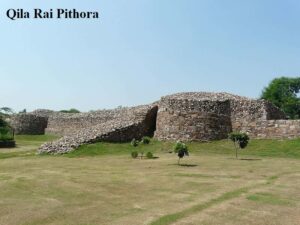
1.0 QILA RAI PITHORA: Established by Prithviraj Chauhan in the 12th century, it is considered the first city of Delhi after Indraprastha.
Prithviraj symbolises India’s resistance against Muslim invaders, and is credited with building a complex of twenty seven temples, at the site of Qutab Minar and Quwwat-ul-Islam Mosque.
He ruled Delhi from this 6.5 kilometre-long fort until his defeat and death in the Second Battle of Tarain in 1192 AD, ceding control to the Mamluk/Slave dynasty. The city’s remains were then spread across South Delhi’s Qutab Minar, Vasant Kunj, Kishangarh, Mehrauli and Saket areas.
DELHI SULTANATE
The Delhi Sultanate was a series of five successive dynasties that ruled Delhi, India, from 1206 to 1526. These dynasties, in chronological order, were the Mamluk dynasty (1206-1290) , the Khilji dynasty(1290-1320), the Tughlaq dynasty (1320-1414), the Sayyid dynasty(1414-1451), and the Lodi dynasty(1451-1526).
The Sultanate’s origins trace back to the Ghurid’s conquest of India. Qutb al-Din Aibak, a former slave of Muhammad Ghori, became the first Sultan of Delhi, establishing the Mamluk dynasty. The Sultanate’s rule ended with the death of the last Sultan, Ibrahim Lodi, in 1526 at the Battle of Panipat, when Babur established the Mughal Empire.
Mamluk Dynasty was founded by Qutbuddin Aibak, who was Ghori’s viceroy from 1193 and took over as Delhi’s Sultan in 1206, after Ghori’s death. Thus started the impact of Islamic culture and faith on Delhi for the next six-and-a-half centuries, primarily in architecture, and religion.
India’s Rule of Islam finally ended in 1857.
2.0 MEHRAULI
Second among the 8 historical cities of Delhi, Mehrauli was created by Qutbuddin Aibak. Qutab Minar, his 72.5-metres-tall Tower of Victory, completed in 1220 AD, stands till today, though damaged by several earthquakes—and repaired. You can see the Old Iron Pillar here, considered built during the period of Ashoka.
Other buildings and constructions, like the mausoleum of Saint Qutbuddin Bakhtiyar Kaki, Shamsi Tomb, Jahaz Mahal and tombs of rulers, from the 11th and 12th centuries lay in ruins.
3.0 SIRI FORT
A Turkish tribe from Afghanistan, Khilji rulers followed the Mamluks, with Allauddin Khilji most famous among them. He extended his rule across India to the South and built Siri Fort, with stretches of thick walls, using craftsmen from the Seljukian dynasty in West Asia who sought refuge in his court, to escape Mongol invaders.
Today’s complex of Hauz Khas, and Hauz Rani are remnants of their times, though Khilji’s wish to have a tower superseding the Qutab Minar didn’t succeed. Visit the Alai Darwaja to see its lotus motifs and a perfect true arch as per Islamic architecture.
4.0 TUGLAKABAD
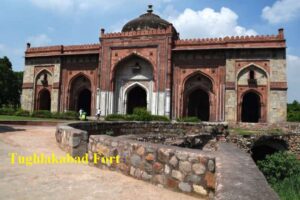
Fourth on the list of cities in Delhi state is Tuglakabad, built by ruler Muhanmmad Bin Tughlaq, during a period of terrible battles, invasions, beheadings and death. After shifting the capital to Daulatabad and then re-shifting back, Mohammed bin Tughlaq built a smaller city called Jahanpannah between Qila Rai Pithora and Siri Fort.
He abandoned Tuglakabad Fort, fearing it was under a curse from Saint Nizamuddin Auliya. But, Tuglakabad remained the main city, where examples of the Tughlaq style of architecture like Bari Manzil, Bikai Mandal, Khirkee Mosque and Chirag-i-Dilli’s Dargah still remain, along with caravanserais, madrasas and canals.
5.0 FIROZABAD
Fifth in the list of cities in Delhi, Firozabad was built by Firoze Shah Tughlaq next to the river Yamuna. The palaces boast of pillared halls and high walls, along with mosques, a pigeon tower and a water tank.
He built a number of hunting lodges and mosques around Delhi and repaired Sultan Ghori’s Tomb, Qutub Minar, Suraj Kund and Hauz-Khas.
Firoze’s own tomb lies in Hauz-Khas and the Kotla Firoze Shah is a famous sports stadium now named as Arun Jaitley Stadium.
Except for their tombs at Lodhi gardens, the Sayyids and Lodhis who followed the Tughlaqs did little for arts or architecture.
6.0 PURANA QILA (OVER INDRAPRASTHA)
The ornate Purana Qila or SHER GARH was built by Sher Shah in 1540, who razed Humayun’s capital Dinpanah to the ground to do so. When Humayun won Delhi back in 1555, he completed Sher Shah’s Qila and ruled from Shergarh till his death in 1556, after a fall from the stairs in Sher Mandal.
These ruins are a big attraction today along with Humayun’s Tomb, built by his widow (Empress Consort) Hamida Banu Begum. The last Emperor Bahadur Shah Zafar was captured from here and exiled to Rangoon while his two sons and grandson were killed by the British Captain who caught them at ‘KHUNI DARWAJA’.
7.0 SHAJAHANABAD
One of the greater Mughals, Akbar concentrated all his efforts at Fatehpur Sikri and Agra Fort. But his grandson Shahjahan, who created the Taj Mahal, also built one of the eight cities of Delhi, Shahjahanabad, in Old Delhi in the 17th century and brought the focus back to Delhi.
The Jama Masjid and the Red Fort stand testimony to the splendour and magnificence of the architecture characterizing this walled city with its ten-kilometer perimeter, with its narrow lanes, its many mandirs to Hindu Gods and Goddesses, its Church and Gurudwara, its seven gates and its romantic bazaars beloved by the many tourists today.
The history of Delhi has been one of glory occasionally undermined by rivalries, intrigue and plunders by invaders. Shahjahanabad saw the massacre and looting by Nadir Shah and other invaders from Maratha, Persia and Afghanistan, while the British ruled EAST INDIA from CALCUTTA.
8.0 NEW DELHI
Delhi’s glory peaked in 1911 when the British India’s capital shifted from Calcutta to Delhi by Britishers, who were then ruling India and New Delhi was built in and around Raisina Hills, with the Old Parliament House, which was the seat of The Imperial Legislative Council (ILC) and was the legislature of British India from 1861 to 1947 , Viceroy’s House (now Rashtrapati Bhawan), Connaught Place, Delhi Gate, the roads, parks and other structures lending it all the majesty, pomp and show any erstwhile ruler would have commanded.
New Delhi was planned by British Architect Sir Lutyen.
I propose “NEW DELHI” shall be renamed as “INDRAPRASTHA”—original Indraprastha being a part of it located near Purana Qila.
On 15th August, 1947, India regained freedom, and Delhi/New Delhi became the Capital of Republic of Modern Independent India, that is Bharatvarsha.
Now it is extended further to National Capital Region.
Post Independence—the four most important constructions built are: LOTUS TEMPLE, NEW PARLIAMENT BUILDING, AKSHARDHAM TEMPLE and RAJ GHAT.
NOTE: — I have visited all these places many times over my 40 years stay in Delhi, and gained useful insight about the places. Occasionally—I took my foreign friends to these places, and had to act as a GUIDE, which I enjoyed, and found many unknown visitors present in the place also joined us.
Reference for further reading:
- https://delhiplanning.delhi.gov.in/sites/default/files/Planning/economic-survey-2003-04/ch1.pdf
- https://www.re-thinkingthefuture.com/rtf-fresh-perspectives/a471-the-rich-cultural-history-of-delhi/#google_vignette
- Images: — Archaeological Survey of India, and

